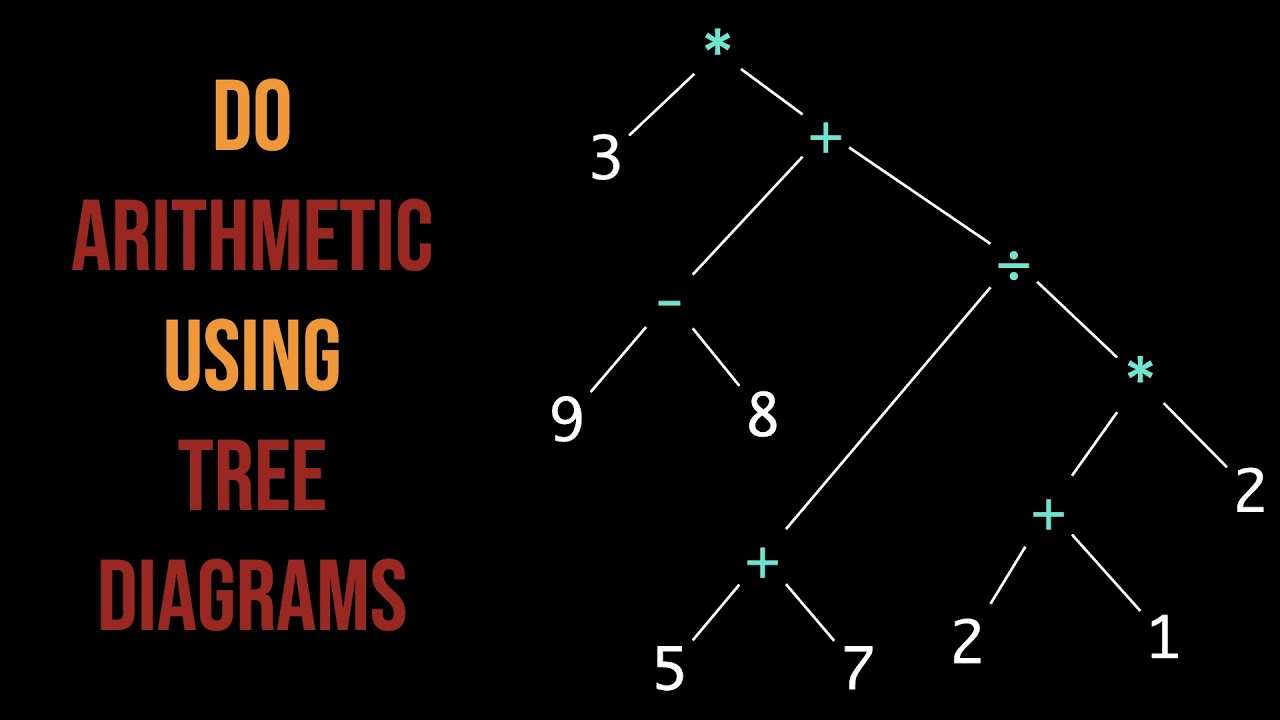Write down some or all categories you’re using for sibling groups and some or all parent/child relationships
“Before John got home”, “When John get home”, and “After John got home” are three different time periods breaking up chapter 1. Below each time period is an initial event that occurred in that time period and then below that is the main event. “Before John got home” is the time period where the event occurred in chapter 1, Lummox deciding to go eat roses is the initial event, and the property damage Lummox created is the important event to the story.
OK, I think that’s improved some. Let’s do a tree for chapter 2. Take your time on the tree, like 40-120min for just the tree after you read the chapter.
For each non-leaf node, write it like this:
NODE (children: CATEGORY)
In other words, label the type of children in parentheses.
Also, try to branch the tree a bit more. A fair amount of your nodes have only one child. See if you can do more nodes with two or three children. For making trees in general, when you’re coming up with categories, you want to mostly come up with categories with a few (often 2-5) elements.
Time spent reading chapter 2: ~12 minutes.
Time spent on tree: ~53 minutes. I just kept going until I felt stuck with how I could organize the tree and break down the parts.
The Star Beast pt.2.pdf (28.1 KB)
Suppose you gave your trees to someone who hasn’t read the book. Do you think they’d easily understand what’s going on in the plot or would it be confusing? Would the trees work as well as reading chapter summaries?
No, they wouldn’t easily understand what’s going on in the plot. The trees don’t work as well as reading chapter summaries. I did actually try this and gave it to my brother. He had no clue what was going on.
EDIT: I remembered that the one piece manga wiki has short chapter summaries. I read chapter 2 and then thought about how I would vaguely make a tree and compared it to the chapter summaries. It was missing a lot. I saw with the chapter summaries I could more-or-less follow the story.
OK, try again and try to make the plot tree more understandable (about as good as a chapter summary). You can do chapter 1, 2 or 3, your choice.
The Star Beast ch.2 revised.pdf (29.0 KB)
This took about ~15 minutes. I did research how to summarize a story.
It’s not working very well. So here’s a method you can follow to try another plot tree:
make list of scenes in the text
are there too many scenes?
general principle: whenever a node would have too many children (roughly: more than 5), organize the children into categories.
if there were too many scenes, the tree will go root node, then categories, then scenes. the categories add an extra layer.
for each scene, write a list of things that happen in it (events, actions)
if any scene has too many things, follow the general rule for all nodes with too many children: add a layer to the tree to organize the children into categories.
This method also focuses on the whole/part relationship between parents and children. A chapter is made up of scenes, and a scene is made up of events. And that’s it. Plot means the events of the novel.
I like this. I didn’t really know how to split up and analyze a book and its plot(s) in a good way. This explanation and method helped me understand this much better.
The Star Beast - ch.2 revised again.pdf (30.1 KB)
Took about ~22 minutes. I’ve just been doing chapter 2 since its short and doesn’t have many things going on.
Why did you add beginning, middle and end categories when there were only 3 scenes, not 6+?
I had already decided to break the chapter like that for this tree. Then I started looking for the scenes in the chapter.
I guess they’re unnecessary, now that I think about it. I just went with how I had it set-up. So they were already there by the time I started looking into the scenes.
Steps:
- 1.)Chapter is broken up into scenes, scenes are broken up into events.
- 2.) List scenes in the text
- if too many scenes organize with categories (roughly ~5 or more)
- 3.) For each scene write a list of things that happen in it. Events/Actions
- if too many things organize with categories (roughly~5 or more)
I think the meeting and after meeting categories are ok. Maybe after the meeting could have been a different scene.
I did list things that happen in the scene. I did break down the events in the scene. The breakdown of the event where he talks about the meeting with the dignitary could’ve been avoided I think? Those could’ve been there own events and then categorized. I think that part doesn’t follow the method specified.
Are you enjoying the trees? The book? Would you rather work on something else or continue this?
I am enjoying the trees.
The book is fine. I’m not forcing myself to read it. Only reason I haven’t finished it is because I was trying to stick to making trees from memory.
I’d rather work on something else for the time being and come back to this at some point. I can tell I’m getting a little burnt out by the trees. If this was by myself I’d probably have started something else at this point.
Would math, including arithmetic trees, sound good next?
Math, including arithmetic trees, sounds good.

